You can add variety to the interior of the room by creating a design solution for it. In this case, you can use different styles. Relief plaster can be used as wall decoration. At the same time, the coloring granules of natural components, such as granite, present in the mixture, make it possible to achieve a sculptural relief of the walls. If you like the original wall decoration, then you should be interested in the issue of creating relief plaster.
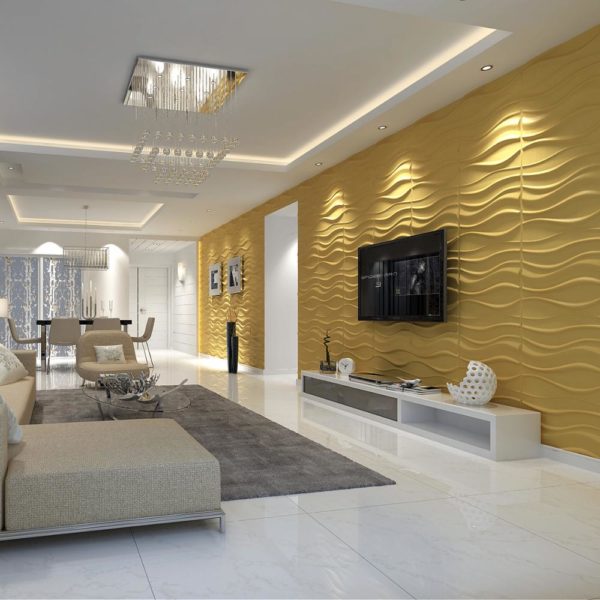
To obtain this effect, it is enough to perform only a few actions. There are compounds that help create the desired relief on the surface. At the same time, you do not need to be a sculptor and have any special talents, although such work requires the speed of action. An experienced master can do everything himself, which cannot be said about a beginner in such a matter.
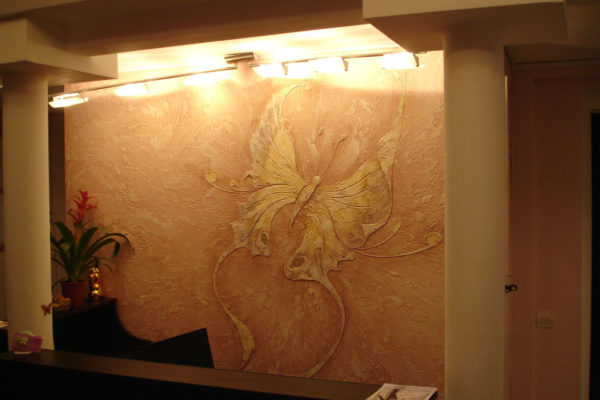
What is relief plaster
Decorative type of plaster has been used in wall decoration for a long time. There have been many style changes, but this material has always been popular in design. It is important that this technique does not allow you to create repeating patterns, they may have similarities with each other, but nothing more. In addition to the relief, the wall receives color, as well as the desired volume. At the same time, if you want, the color of the wall can be changed. To do this, buy the desired color paint and use a sponge or roller to apply it to the surface.
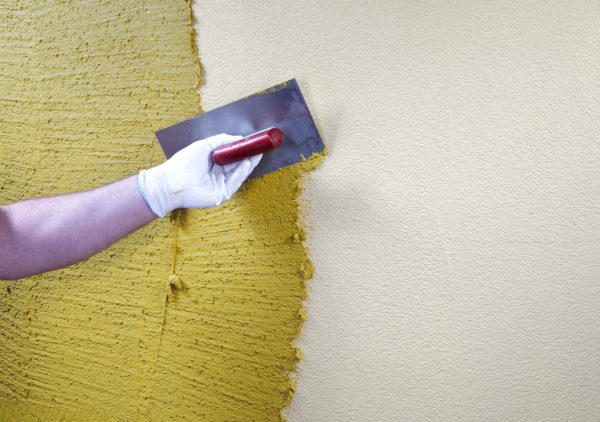
In order to get the desired result, the work must be carried out in the strict order assumed by this technology. What are the steps to follow:
- choose a pattern for the design of the room. You can print a sample and make multiple copies. So they will always be at your fingertips, which will help to realize the intended solution;
- prepare the wall. Such a process requires strength and effort, you will need to get rid of the old finish;
- remove dirt and dust using a rag, broom and water;
- make priming. Today, primer solutions are used as an antiseptic, which allows you to create protection against insects and fungus;
- apply the initial layer of plaster (base);
- re-priming the wall when the 1st layer dries;
- create a relief by applying the final layer;
- The last step involves covering the already dried surface with paint. If there are smudges and excesses, they must be removed using a damp sponge.
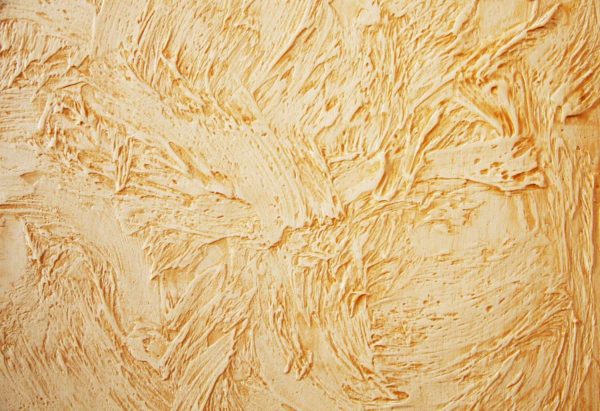
All work is quite simple. You just need to follow the steps of the process. Otherwise, the final effect may not be exactly what you expected.Forming the desired relief, do not rush, this process can take several days.
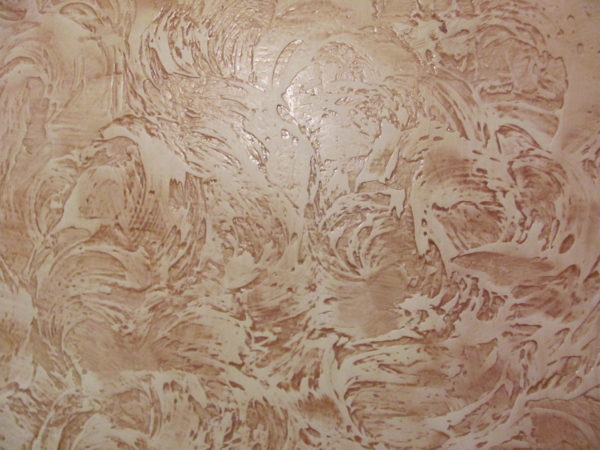
The plaster that you applied to the surface of the wall may have a different pattern, it may protrude slightly above the surface (by 10-15 mm), or it can only create a visible volume with the help of tone. The relief pattern is able to imitate the bark of a tree, grass, a wall of the desired texture, stone and other types of surfaces.
Did the article help you?
